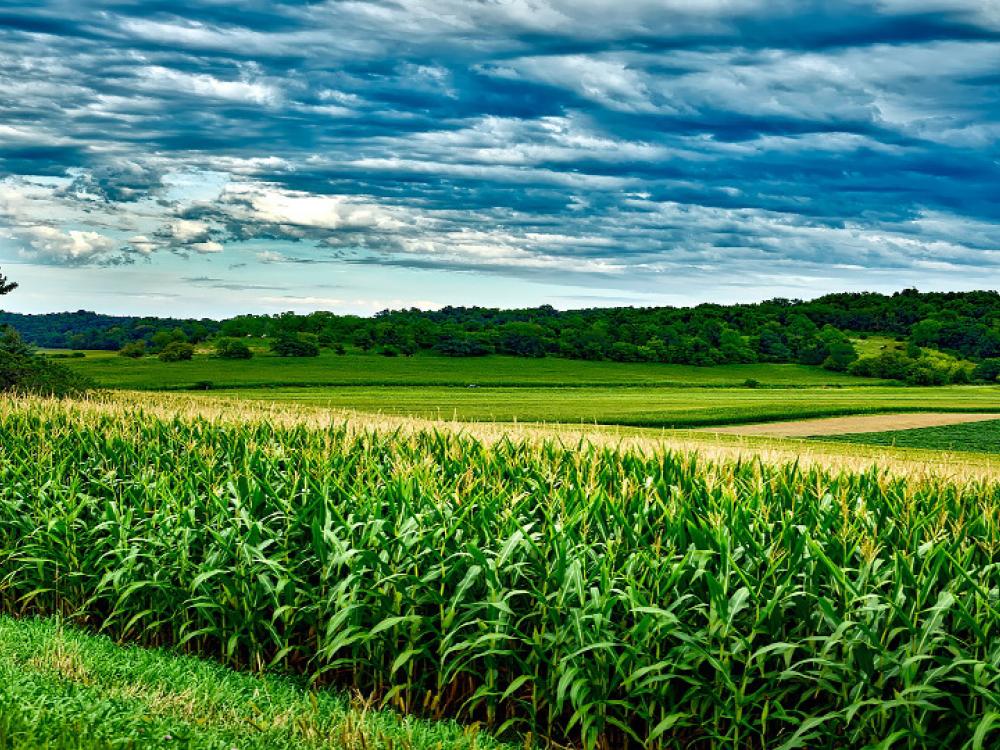The Case of Brong Ahafo and Ashanti Regions Cluster
The study was conducted to assess the economic viability and sustainability of maize smallholder farmers’ relationship with the various farm business models identified in Brong Ahafo and Ashanti Regions of Ghana. It was to provide empirical data to form the basis for the review of all the interventions made by the Government of Ghana and development partners (The USAID/Ghana Economic
Growth Office and World Food Programme) to improve the socio-economic well-being of maize smallholder and low-income farm families under the various farm business models. The study was funded by World Food Programme (WFP). Forty-nine smallholder farmers were selected purposively from the eleven out grower operators’ business models. The WFP collaborated with four Farmer Based Organisations (FBOs), two each in the
Ashanti and Brong Ahafo Regions, three nucleus farmers; one from the Brong Ahafo and two from Ashanti; two aggregators and one processor from the Brong Ahafo region, and a warehouse in the Ashanti Region.
The study concluded that relationships of smallholder farmers under various outgrower business operators and farmers’ organisation are sustainable. Poor resourced smallholder maize farmers under the outgrower business operators and FBOs have derived various economic benefits through their relationships. Smallholder farmers have adequate access to agricultural technologies and other non-agricultural technologies. They also have moderate access to tractor services for ploughing, harrowing and haulage, grain cleaning services, extension support services, agricultural inputs on credit, cash loans, for agricultural purposes, cash loans for non-agriculture uses, subsidised (or free) inputs, chemical treatment of grains to control storage pests, grain drying services and field pests control services.
Smallholder farmers under the FBOs and other models have increased the production and sales of the surplus; increased yields and mitigated post-harvest losses; improved the quality of products. Only farmers under the aggregator business model recorded the lowest for the minor and major seasons. Smallholder farmers under the processor received the highest profit followed by farmers under the warehouse business model in the major and minor seasons. The study generally recommended among others the need to provide easy access to credit at lower interest rates and the essential post-harvest inputs, technologies and service facilities, including grain cleaning and drying equipment to farmers and the use of warehouse and processor business operator business model to stimulate more competitions among the various chain actors.


